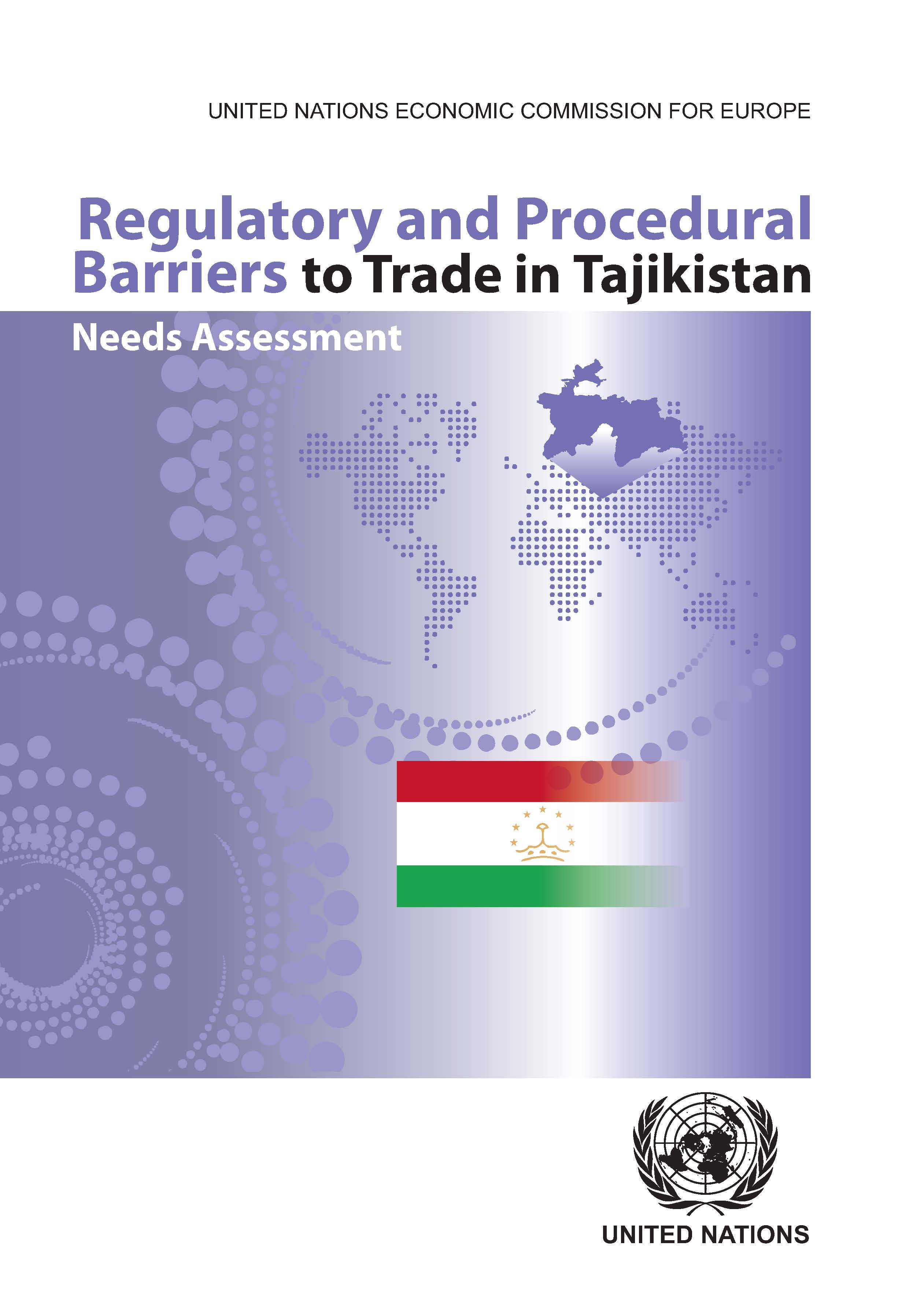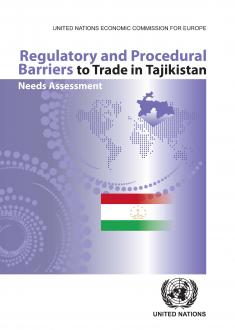 The continuous reductions in tariff and non-tariff barriers to trade and the rise of global supply chains have further increased the importance of trade as an engine of growth, creating new opportunities for investments, job creation and human development. However, for several countries, capitalising on these opportunities is undermined by the lack of adequate regulatory frameworks and remoteness from international maritime routes, which combine to inflate transaction costs and, thereof, erode export competitiveness and dampen entrepreneurship.
The continuous reductions in tariff and non-tariff barriers to trade and the rise of global supply chains have further increased the importance of trade as an engine of growth, creating new opportunities for investments, job creation and human development. However, for several countries, capitalising on these opportunities is undermined by the lack of adequate regulatory frameworks and remoteness from international maritime routes, which combine to inflate transaction costs and, thereof, erode export competitiveness and dampen entrepreneurship.This is the case of Tajikistan (ECE/TRADE/410 English and Russian), which approached the United Nations Economic Commission for Europe (UNECE) following its accession to the World Trade Organization (WTO), with a request to carry out an assessment of the country’s regulatory and procedural trade measures. The Government felt that more needed to be done to further simplify, streamline and standardize these measures, so as to ensure the successful implementation of its post-accession plan and achieve full compliance with the requirements of the multilateral trading system.
This study provides the results of the assessment, which was carried out in 2013 using the UNECE evaluation methodology.
The study features a detailed analysis of behind and at-the-borders regulatory and procedural barriers to trade, highlighting their causes, how they interact to undermine the country’s export competitiveness and the extent to which these barriers could be addressed through regional cooperation. It also provides practical, actionoriented recommendations, which build on international best practices and UNECE recommendations, norms, standards and guidelines in the areas of trade facilitation and regulatory cooperation. The recommendations draw on extensive discussions with key public and private sector stakeholders to ensure national ownership, relevance and responsiveness to the country’s immediate and long-term trade needs and development goals.
I hope that this study will provide an impetus for Tajikistan’s future reform and development efforts, and contribute to consolidating a predictable and transparent trading environment that is conducive to achieving more inclusive and diversified economic growth in the region.
Please click on the image to download the Russian version of the Publication



